PLEASE CONSIDER the environmental impact of using abalone shell. It seems that the demand for abalone is mostly for food, and the shell is available as a byproduct of that. Wild abalone is severely overfished, so you should only consider farm raised abalone. Paua abalone, of which I'm discussing here is protected and has severe restrictions on wild caught, so you should only use farm raised abalone.
Ever since working with some mother of pearl sheets for a client (the paua abalone in particular), I've been wanting to make some paua abalone knife handles. After some research, I figured out that there are 2 ways to achieve an abalone handle for my knives. A thin abalone veneer coated with clear resin, or a solid sheet of abalone.
Option 1 - Thin abalone veneer coated with resin
This is an attractive option because I know that it will look amazing, and the abalone will be completely protected from any damage. The concept is to use a thin paua abalone veneer, of which there are many different colors and patterns available. The veneer is only 0.006in to 0.010in thick, and normally used for inlay work. The veneer is cut to dimensions of the handle scale blank, put in a mold, and then coated with about 0.5in of clear resin, probably Alumilite Clear.
It may be necessary to add a liner between the abalone veneer and the knife tang. That is yet to be determined. If so, then it could be done by gluing (epoxy or super glue) the abalone to a liner material (like G10, micarta or stabilized wood) prior to coating with clear resin. Another way to do it is to pour a dyed resin on the back of the abalone/clear resin block. This can make it difficult to square up the block for shaping later.
This is an example of a veneer sold on ebay:
It's also possible to buy some premade blanks like I propose to make. The problem is finding the right size for handles this big. It seems that they are all about 6mm thick.
I found a company that sells on Etsy that is willing to make 12mm thick blocks in the dimensions that I need. 140mm x 38mm x 12mm will be perfect. I'm currently discussing ordering some from them.
It's made of 3 layers. The regular knife blank thickness is 1mm+0.5mm+5mm, total 6mm.
So, if you need 12mm thickness, it might possible to make 1mm + 0.5mm + 11mm.
Option 2 - Thick laminated abalone sheets for solid handles
NOTE: After learning about the overfishing and poaching of wild paua abalone, I would want to verify whether these sheets are farm raised or wild before purchasing.
Initially, I was only familiar with using very thin sheets of the material, until I found a supplier that was making 6mm sheets. I made a custom request for 12mm thick sheets, as this is the thickness that I start with when making my handle scales. They said that they could make them 12mm thick. The dimensions of the material they offer are 140mm x 240mm x 6mm.
This is their stock thickness.
I'm a little concerned that the thick material just won't look that great as you shape the handle. It will definitely look very different from the clear resin coated veneer thickness abalone. The solid material will expose the layers of compressed abalone shells. Not sure how that will look.
The thin abalone that's clear coated will look basically the same as the stock pictures because mainly the clear part will be shaped and then polished. The abalone will be visible through the clear acrylic/resin.

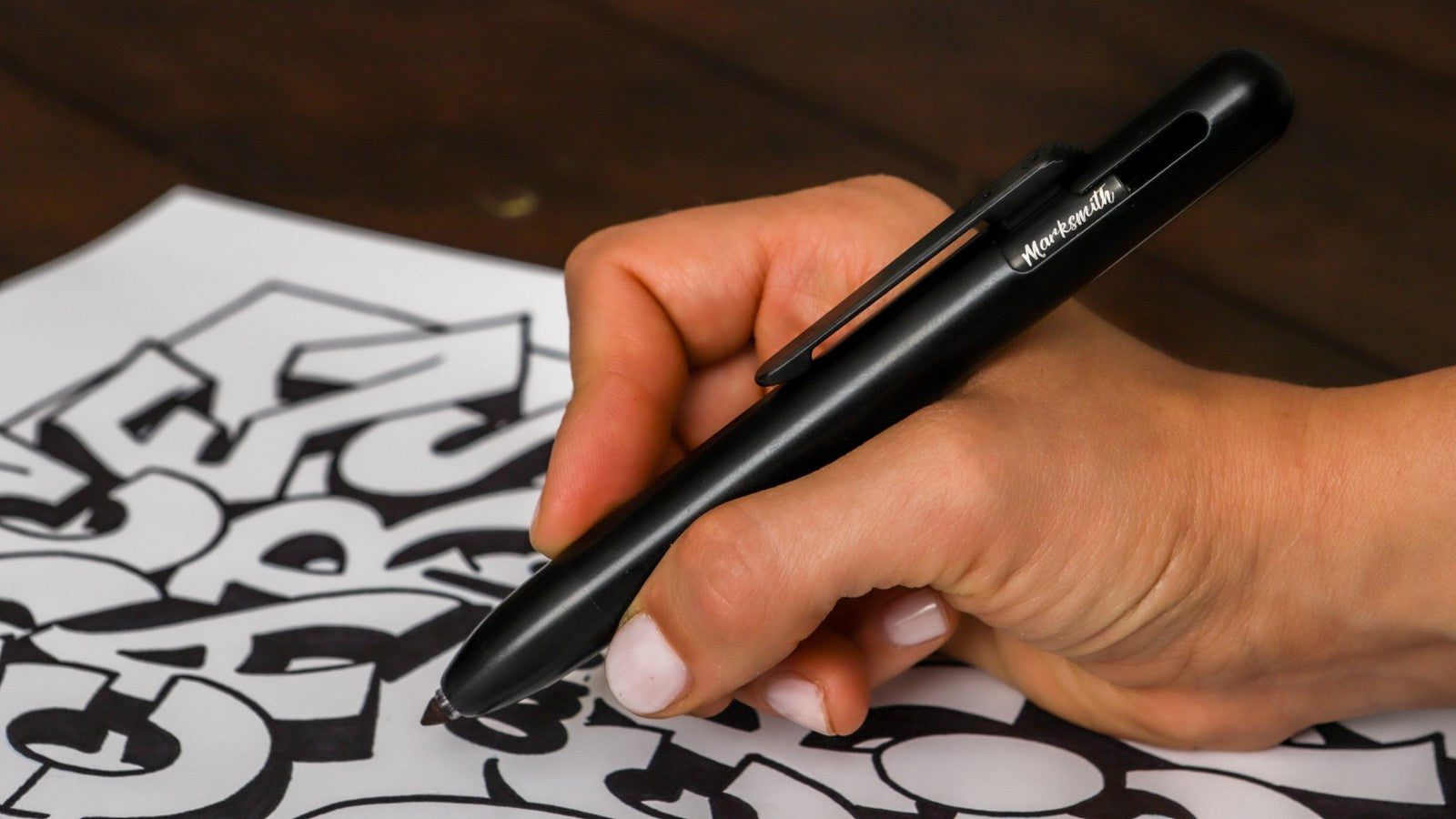
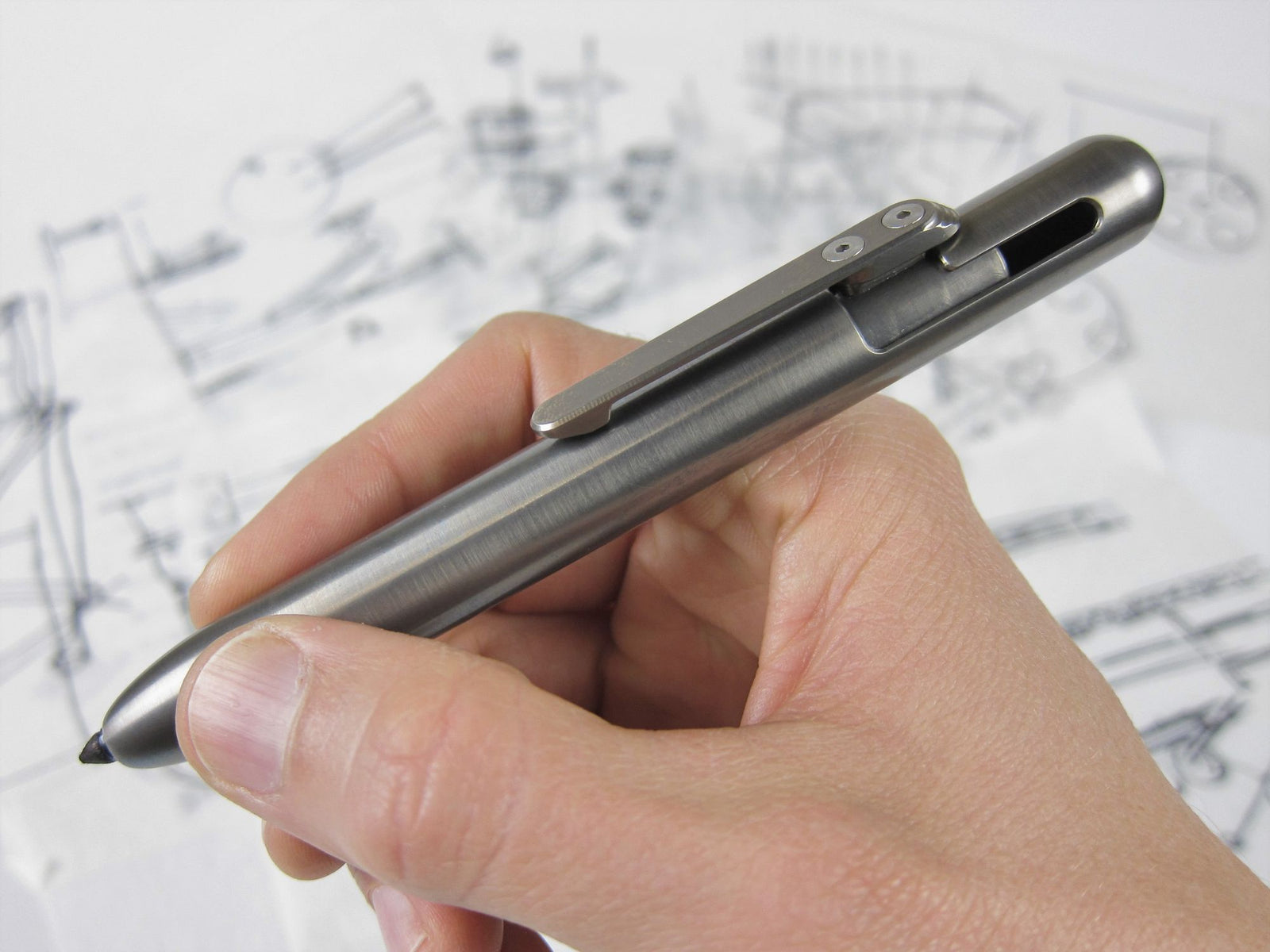
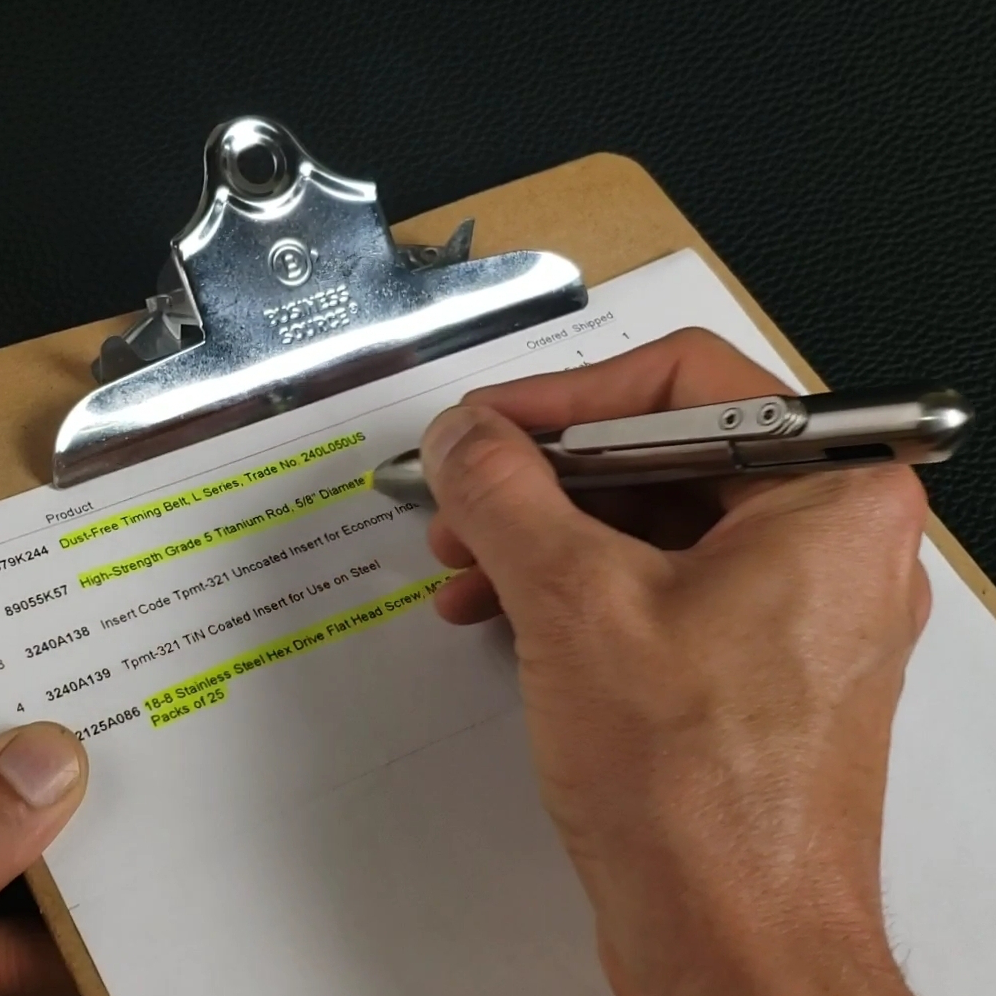
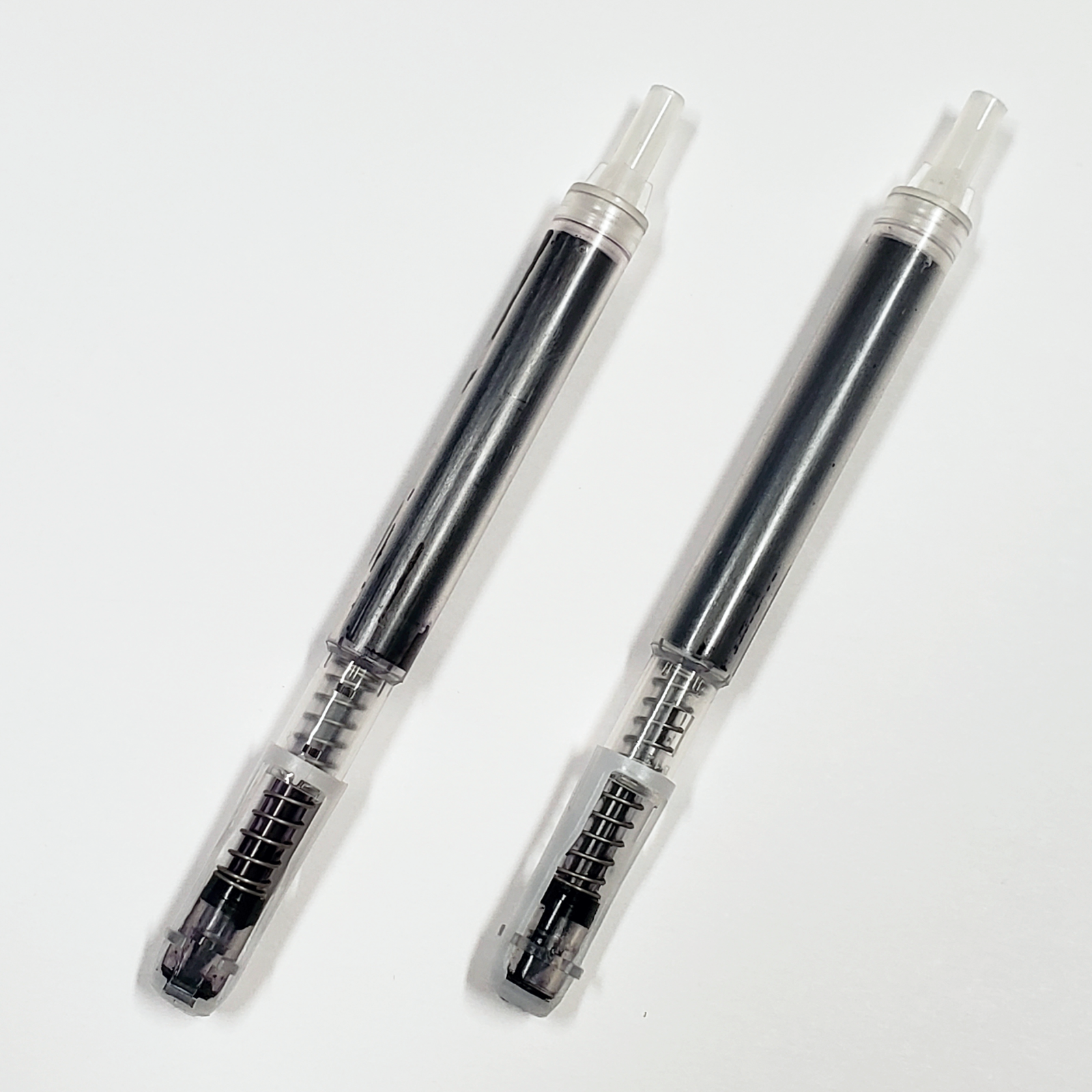
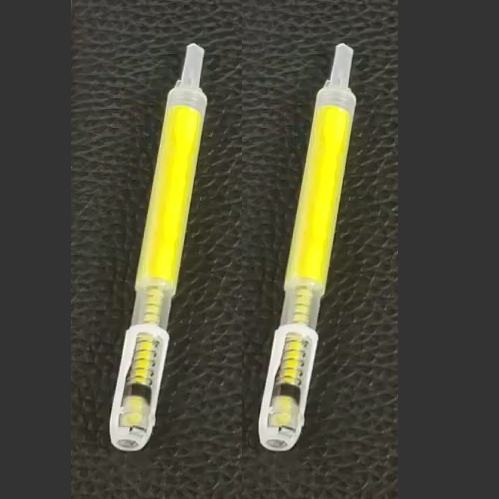
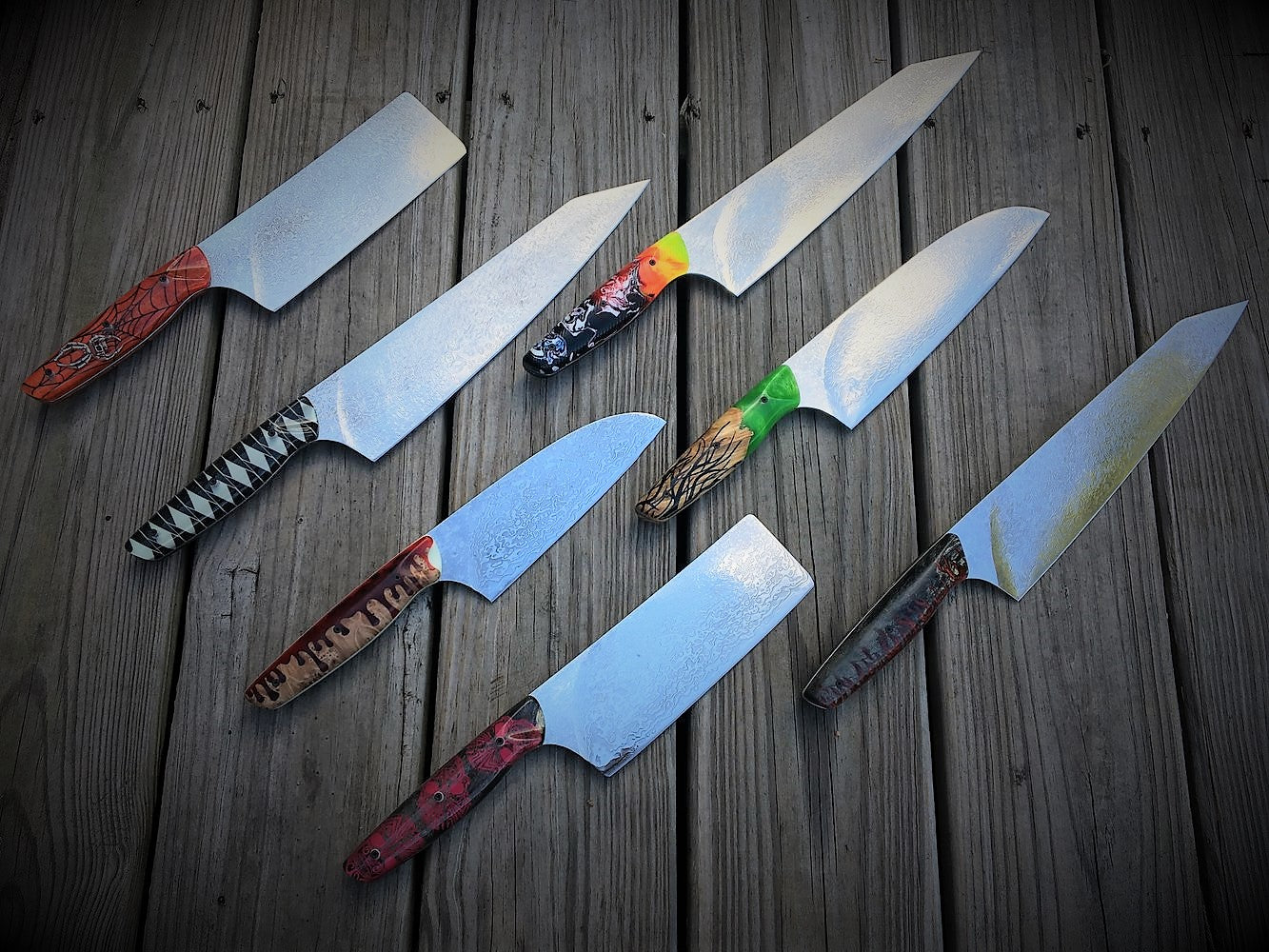
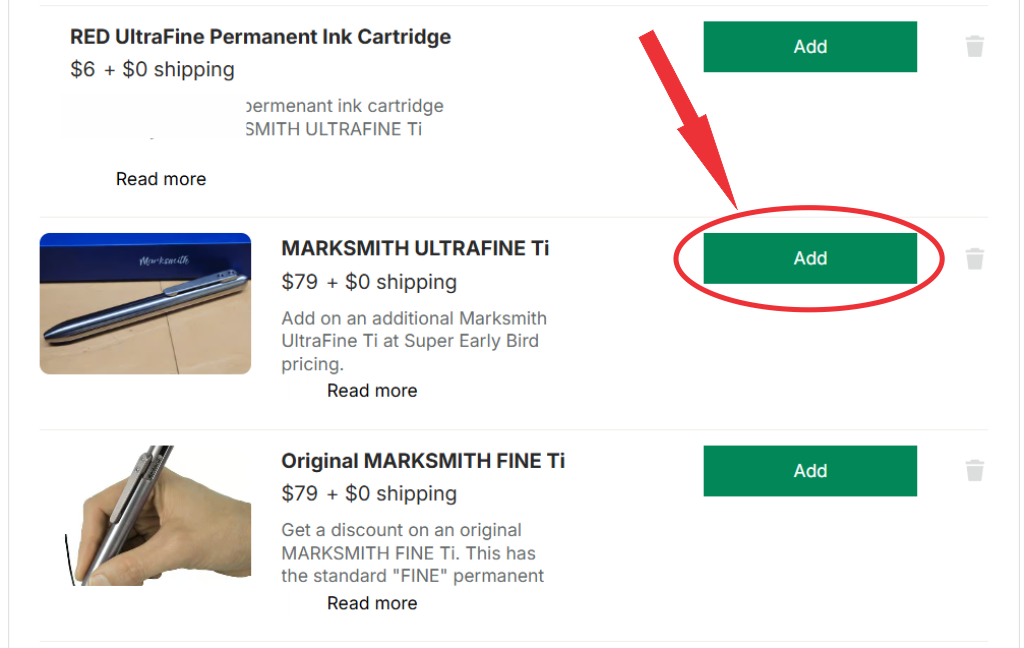
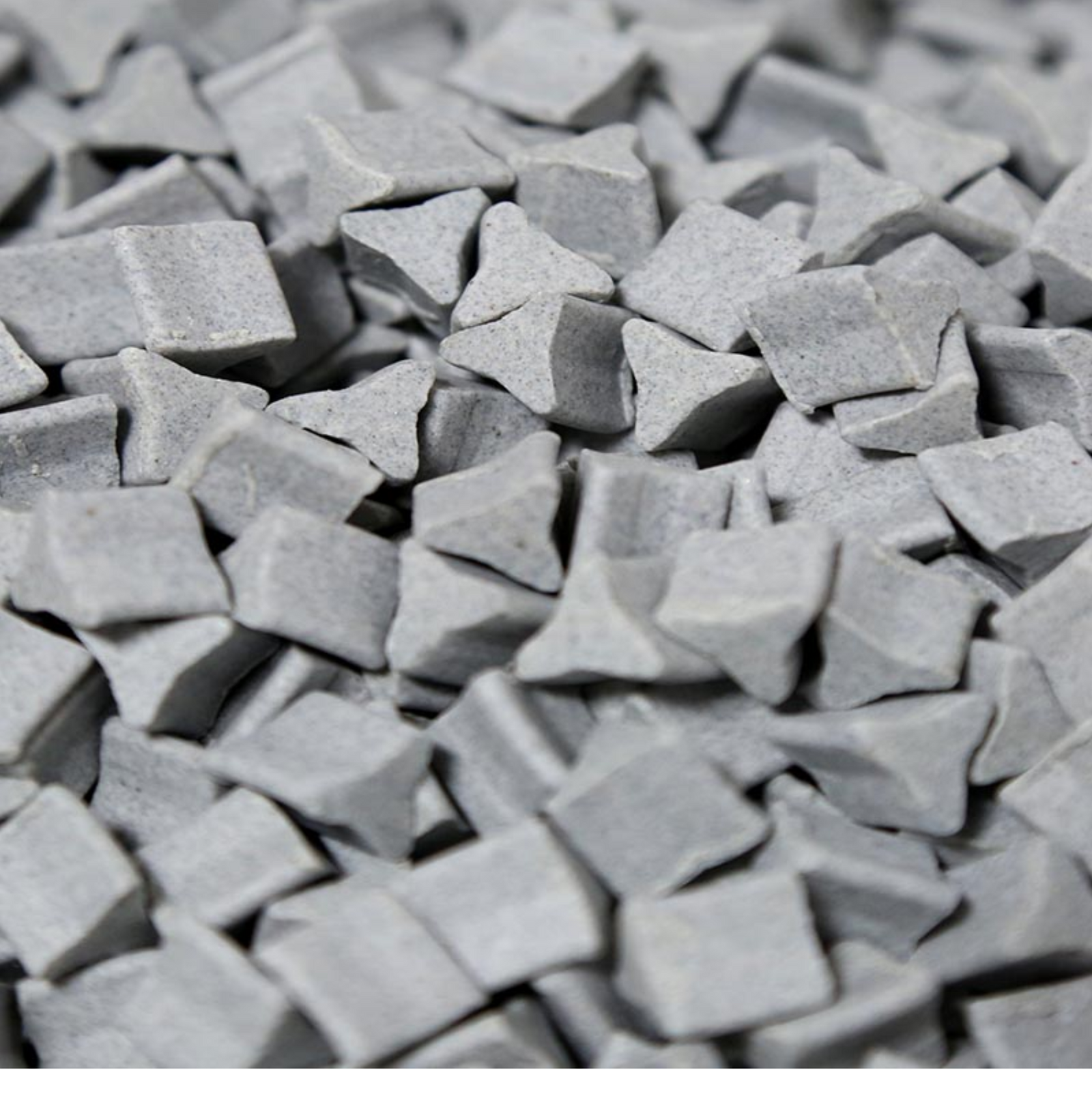
William van den Broek
July 25, 2021
Hello
i did read the interesting story about abolone scales
i am looking for my straight razor and a max thickness of max 5 mm
is that also available ?
William